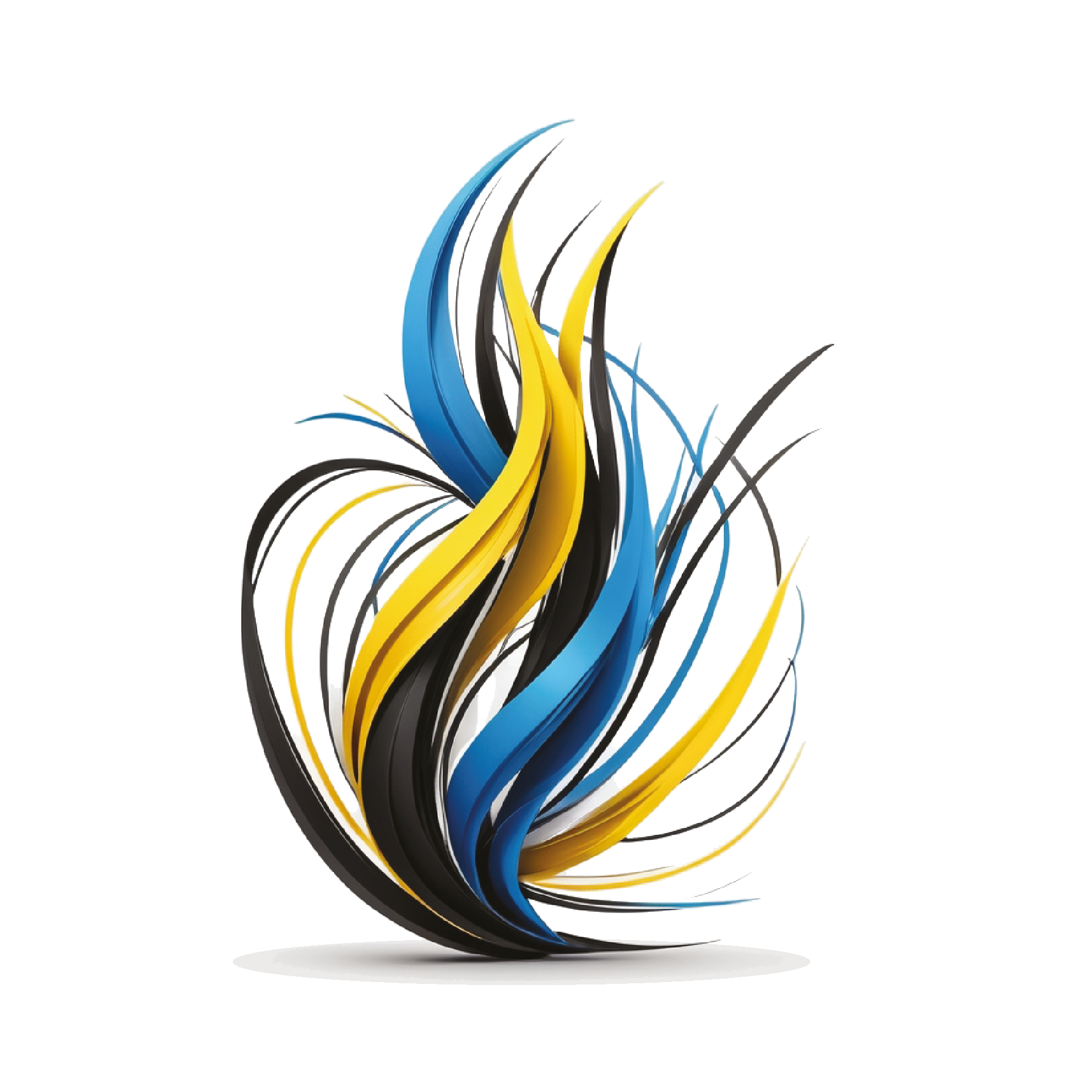Exploring Chinese Anatomy: Bridging the Gap with Western Medicine
- Nazan Garcia
- Oct 1, 2022
- 3 min read
Updated: Dec 10, 2024
Chinese anatomy, although seemingly esoteric with its concept of invisible lines and acupuncture points, is rooted in anatomical landmarks that can be translated into Western terminology.

Chinese anatomy. Hua Shou, Shisijing fahui, 1341, Fujikawa Collection, Kyoto University Library.
Introduction
Anatomy, a cornerstone of medical knowledge, has been studied through dissection in Western medicine for centuries. However, this Eurocentric perspective has often overshadowed the rich traditions and alternative interpretations found in other medical texts, such as Chinese medicine (1). In this blog post, we delve into the fascinating world of Chinese anatomy, which may seem esoteric at first glance but actually shares common ground with Western anatomical landmarks. By exploring these parallels, we can gain a deeper appreciation for the diverse ways of understanding the human body and its functions.
Western Anatomy vs Chinese anatomy
While Western anatomy has long been synonymous with the dominant Eurocentric approach, it is essential to acknowledge that different interpretations of the body existed even within Western traditions prior to the codification of a unified anatomical nomenclature in 1985 (2). Dissection, as Kuriyama (3) asserts, is not simply a straightforward uncovering of objective truths. It requires a trained eye, shaped by teachers, texts, and the prevailing paradigms of the time. However, this "special manner of seeing" and interpreting reality is not limited to Western medicine but is a universal characteristic of scientific progress.
Understanding Paradigms
The concept of a paradigm, as described by Thomas Kuhn (4), refers to universally recognized scientific achievements that shape a community of practitioners' perspectives and problem-solving methods. These paradigms, however, are not fixed or absolute truths but rather frameworks that evolve over time. As paradigms shift, different interpretations of reality emerge, offering fresh insights into the world around us. The image below illustrates different paradigms and their impact on our understanding of reality.

Different ways of interpreting reality
Examining the Body
When dissecting a cadaver, an untrained eye may struggle to differentiate between veins and arteries, perceiving them as mere tubes. However, interpretations vary depending on the observer's paradigm or knowledge base (5). Western medicine divides the body into functional systems (e.g., circulatory, respiratory, lymphatic, nervous), emphasizing a reductionist approach. In contrast, Chinese medicine employs a different paradigm, where the body is seen as an interconnected whole. Chinese anatomy, although seemingly esoteric with its concept of invisible lines, is rooted in anatomical landmarks that can be translated into Western terminology, as demonstrated in the examples below (1):
Table Arm Tai Yin (1)

Diagram Arm Tai Yin (1)

Table Foot Tai Yang (1)

Diagram Foot Tai Yang (1)

The Chinese Paradigm. Acupuncture meridians
Chinese anatomists, as Shaw et al. (1) suggest, were able to categorize and make connections to various structures—such as veins, muscles, and fascial tracts—using a paradigm unique to Chinese medicine that would seem implausible to a modern Western anatomist. The meridian system in acupuncture, depicted in Figure 1, represents an example of this intricate network of invisible lines that correspond to anatomical structures.

Figure 1. Acupuncture meridians
Discovering Common Ground
Through a broader perspective, it becomes evident that different medical traditions, including Chinese medicine, have observed the same bodies throughout history. The variations lie in the diverse interpretations of what is observed. Consequently, Shaw et al. (1) concluded that the Mawangdui medical texts, dating back to 300-200 BCE, are considered the oldest existing anatomical atlas worldwide, predating Galen's work by about a thousand years. By interpreting these texts as anatomy rather than esoteric knowledge, we gain valuable insights into the historical development of acupuncture and medicine. Acupuncture, originally viewed as an esoteric practice, is, in fact, an ancient anatomical science.
Conclusion
By exploring Chinese anatomy and its parallels with Western medicine, we gain a more nuanced understanding of the human body's complexity and the diverse ways it can be studied and interpreted. Recognizing the importance of different paradigms and their impact on medical knowledge broadens our horizons and encourages a more inclusive approach to healthcare. Embracing the wisdom and insights from various traditions can ultimately lead to a more comprehensive understanding of human anatomy and better health outcomes for all.
References
1 Shaw, V., Diogo, R. and Winder, I.C., 2022. Hiding in plain sight‐ancient Chinese anatomy. The Anatomical Record, 305(5), pp.1201-1214.
2 Di Dio, L.J., 2010. History of International Anatomical Terminology. FCAT, Terminologia Anatomica: International Anatomical Terminology. Stuttgart: Thieme, pp.157-162.
3 Kuriyama, S., 1999. The expressiveness of the body and the divergence of Greek and Chinese medicine. Zone books.
4 Kuhn, T.S., 1996.The structure of scientific revolutions. 3rd edition. University of Chicago Press
5 Unschuld, P.U., 2009. What is medicine?: Western and Eastern approaches to healing. Univ of California Press.




Comments